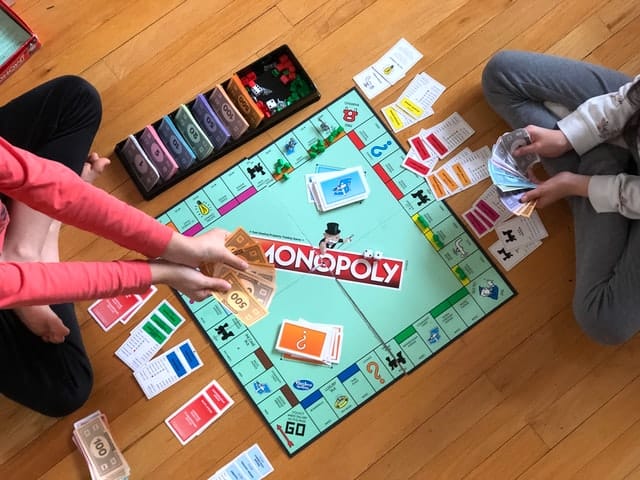
Teaching Decision-Making Skills
Making judgment calls as a well-adjusted person of any age requires complicated assessments of the pros and cons behind each choice. It is a process largely informed by life experiences, risk assessments, and desires. In order to create the best possible outcome for children to lead rewarding, successful lives, it’s important to provide them with opportunities to develop strong decision-making skills.
Teaching Decision-Making Skills
Activities that encourage students to practice decision-making should supplement the rest of their education since decision-making skills are part of everyday life. (Harvard). Therefore, decision-making activities for students will constitute an important part of any social-emotional learning curriculum. Activities that encourage students to learn decision-making skills don’t need to be bland. You can even incorporate them into fun games.
Teaching decision-making skills to students will help them navigate challenging opportunities independently in the future. Educators will find it valuable to tailor their teaching activities to their specific students. Here are some ideas to start the process.
Decision-Making Activities for Students
Providing students with opportunities to learn decision-making skills will help with everything else in the classroom. Many decision-making activities for students involve opportunities to learn other important life skills since decision-making is a feature of many experiences. When students improve their decision-making abilities, they are essentially improving their own agency.
Let’s explore some activities that encourage students to practice decision-making skills. They might look like activities with other purposes, but they include valuable tools for students to practice making decisions.
Board Games

Board games are perfect tools for practicing decision-making skills. The more complicated the game, the better. With rules to remember and objectives to plan for, it’s almost like board games were designed as decision-making laboratories. They randomly generate scenarios where children have to weigh options and plan ahead within a set of designated parameters.
Board games are like miniaturized life experiences, including opportunities to make cost-benefit analyses. In board games, children are also faced with decisions concerning each others’ feelings and determinations.
An additional way of using board games to create decision-making opportunities is by asking students to play them in teams. If they play team-focused board games, they are faced with further opportunities to make decisions about cooperation, team building, and how to operate in a community.
Outdoor Games
A surefire way of encouraging children to learn anything is getting them to move around and learn actively. Outdoor games of any kind rest on twin foundations of rules and goals. A structured environment with risks and rewards gives children ample opportunity to practice decision-making.
Team activities, such as kickball or capture the flag, help students practice rapid decision-making while teaching them to see how they affect their group in real-time. Other activities, like Simon Says or Hide-and-Seek, provide opportunities for children to practice some self-aware decision-making, improving their sense of individuality.
Role Playing
Dramatic plays or other role-playing activities are great decision-making learning tools. Even if the role-play scenario is scripted, children are still getting an opportunity to practice imagining the world around them from a perspective beyond their own. Furthermore, whether the situation is scripted or not, students get to imagine the result of decisions they might not make otherwise. Students can even create their own role-playing scenarios with prompts.
Reading

The ultimate tool for engaging a student’s imagination is reading. Books are a perfect tool for students to see decisions play out, good or bad, as well as their consequences. Through the insights of literature, students will be able to have conversations about how and why someone might make certain decisions. As an educator, you can bring decision-making questions to the forefront of discussion.
Friendly Debate
In a moderated setting, debating different perspectives creates chances for students to think critically about the strengths and weaknesses of different courses of action. Students can articulate their own views on a given subject, and evaluate reasons against that view with moderation. This exercise helps students practice weighing the costs and benefits of decisions.
Decision-Making Skills in the Classroom
Creating tools for students to practice making decisions is important. Educators should build intentional environments where their students can hone their decision-making skills in safety. Then they can impress upon students that these skills practiced through games or activities can be implemented outside of the classroom too.
When educators need assistance with building lessons that create decision-making opportunities, Soul Shoppe helps with online SEL programs. Soul Shoppe encourages agency, empathy, conflict resolution, and more. Click for more information on SEL Programs for Elementary Schools or our parent support programs.
You May Also Like:
Confidence-Building Activities For Kids
Conflict Resolution Activities for Kids

